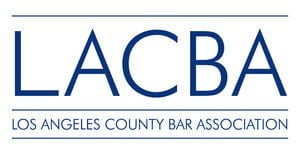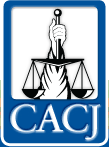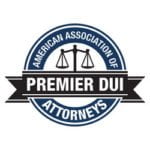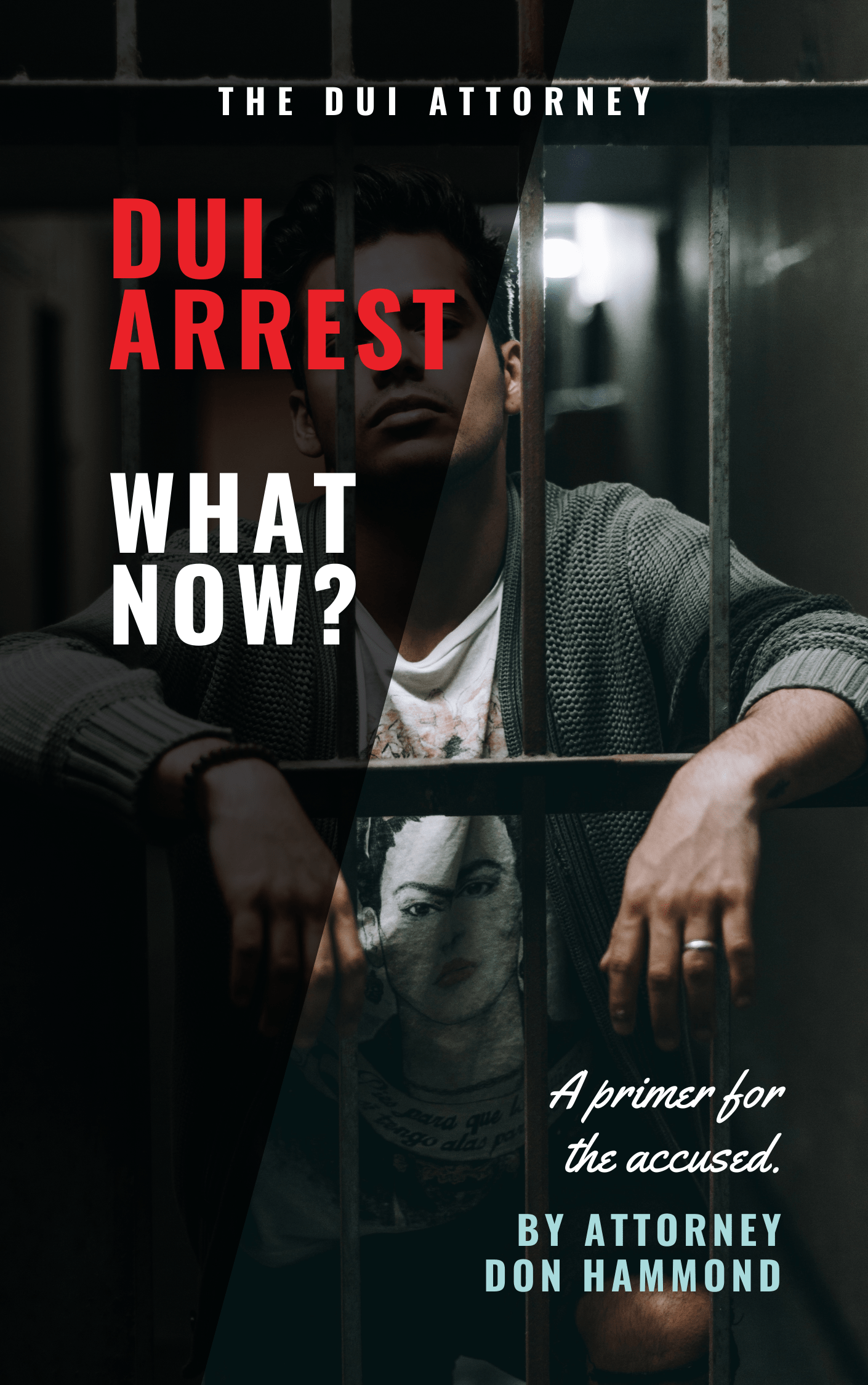Police are trained in 24 specific behaviors that motorists may exhibit while driving that are possible indications of a driver impaired by alcohol and/or drugs.
 dui indications police san pedro dui attorney don hammond
dui indications police san pedro dui attorney don hammond
These driving behaviors are predictable based on numerous studies of alcohol and/or drug-impaired drivers. Police are trained to look for these indicators, which are generally considered probable cause to initiate a traffic stop and DUI investigation.
Understanding the driving behaviors commonly associated with DUI motorists is critical not only for law enforcement officers, but also for drivers themselves. Being aware of what police are looking for can help make you a more informed and alert driver who is less likely to find yourself caught up in a negative encounter with law enforcement.
These driving behaviors are predictable based on numerous studies of alcohol and/or drug-impaired drivers. Police are trained to look for these indicators, which are generally considered probable cause to initiate a traffic stop and DUI investigation.
The National Highway Traffic Safety Administration (NHTSA) and the International Association of Chiefs of Police (IACP) have developed this training, which is documented in the DWI Detection and Standardized Field Sobriety Testing (SFST) manual, last updated in 2015. DWI stands for driving while intoxicated, and is used interchangeably with DUI, driving under the influence.
Understanding what police are looking for can help motorists avoid behaviors that lead to traffic stops and DUI investigations.
According to this guide, there are 24 specific indications that can alert police officers to the possibility that a motorist is driving under the influence. These cues are divided into four broad categories:
Problems maintaining proper lane position
Speed and braking problems
Vigilance problems
Judgment problems
Problems maintaining proper lane position
Failure to maintain proper lane position is not only dangerous for other motorists but is also an cue that a person may be driving under the influence of drugs and/or alcohol. Some of the most common indications in this category include weaving — especially across more than one lane – drifting back and forth within a lane, straddling lane lines, sudden or frequent swerving, turning with a wider than normal radius, and near collisions with other vehicles or objects.
Speed and braking problems
Problems maintaining proper speed and effective braking are another category of indications police officers look for to detect potential drunk driving. Erratic speed can wreak havoc for other motorists who are forced to make sudden adjustments when close to these drivers, and a failure to brake properly can increase the potential for collisions with other vehicles, objects, or pedestrians. Common speed and braking problems include unnecessarily rapid acceleration or deceleration, changing speeds or stopping suddenly and unpredictably, stopping too close or too far from the optimum stopping point, and driving too slowly.
Vigilance problems
Vigilance involves focusing one’s awareness on performing a task. Because of the extreme multitasking that driving requires, any drug and/or alcohol impairment can significantly impact a motorist’s vigilance while driving. Among the most common vigilance problems are failing to use headlights at night, failing to signal lane changes or turns, driving the wrong way, delayed responses to changing traffic signals, slow responses—or even the overt failure to respond—to emergency vehicle signals.
Judgment problems
Finally, driving requires logical and reasoned judgment. The absence of proper judgment can create a host of dangers not only for the impaired driver, but also other motorists and pedestrians on the road. Among the most common indications of judgment problems are improper or unsafe lane changes, illegal or improper turns, tailgating, driving on surfaces other than designated roadways, unusual or inappropriate behaviors, stopping or accelerating improperly, and any other conduct an unimpaired motorist would typically not exhibit.
Knowledge is power
Police officers are trained to look for these indications to help them identify drivers who may be impaired by alcohol or drugs. It is important that motorists are also aware of these cues to help them avoid unwanted attention from police and potential problems such as involuntary searches, arrests, prosecutions, convictions, and other negative consequences that may result. Knowledge is power, and knowing what law enforcement officers are looking for can significantly reduce the likelihood of trouble.











